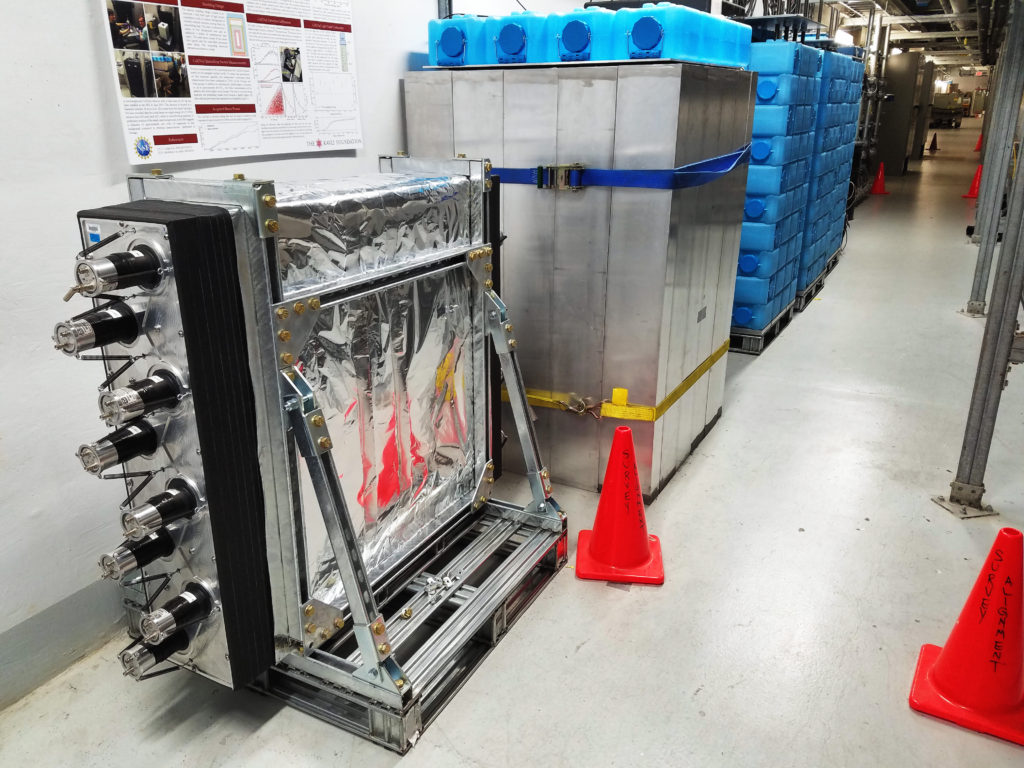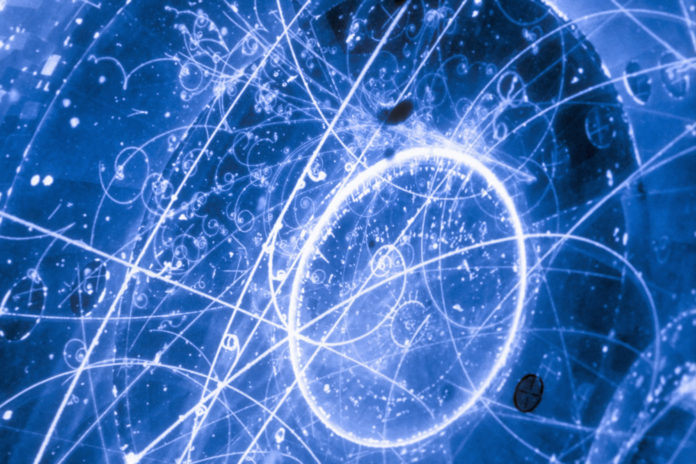A huge collaboration of more than 80 researchers from 19 institutions, including Sandia National Laboratories discovered strong evidence for a neutrino interaction process last month. This kind of breakthrough could really pave the way for further neutrino behavior discoveries and the miniaturization of future neutrino detectors.

The project, called COHERENT, was led by the Department of Energy’s Oak Ridge National Laboratory or ORNL. David Reyna, manager of the Remote Sensing Department at Sandia’s California laboratory and researcher Belkis Cabrera-Palmer oversaw multiple detectors being deployed at ORNL as part of the project. The research took part at ORNL’s Spallation Neutron Source (SNS).
“We have a long history at Sandia of investigating low-energy neutrino detection techniques with potential applications to reactor monitoring,” says Reyna. “For many years we have been working with the community on the development of low-threshold germanium detectors for potential Coherent elastic neutrino-nucleus scattering detection.” Cabrera-Palmer was responsible for the analyzing of three years worth of neutron background data that had been collected using the Sandia-developed neutron scatter camera.
The initial deployment of a High Purity Germanium Detector was also supported by Reyna and Cabrera-Palmer in collaboration with Lawrence Berkley National Laboratory. Currently, the pair is working on the deployment of a Sandia high-energy neutron detector called the Multiplicity and Recoil Spectrometer.
Over at the SNS, neutrons are produced for scientific purposes, generating a large number of neutrinos as a by-product. Researchers improved the chances of interactions too by simply placing the detector just 65 feet (20 meters) from the neutrino source. This had the effect of decreasing the detector’s weight to just 32 pounds (14.5 kg) of cesium-iodide. A typical neutrino weight thousands of tons because they need to be big a the interaction ration is much lower than at SNS. Normally they will interact with individual protons or neutrons inside the nucleus, but when it comes to coherent scattering, the neutrino interacts with the nucleus as a whole.
The results from the study will help with experiments conducted worldwide that involve the measuring of neutrino properties. It will also help scientists better understand the structure of the nucleus.
More News to Read
- This New Nanotechnology Helps Killing Cancer Cells Without Harming Healthy Cells
- Processing Biofuels Just Got Cheaper and Greener Thanks to This Catalyst
- Meet the Engineer Who 3D Prints Revolutionary Human-Robotic Arms
- Meteor Shower From Dead Comet Sighted Again
- Will Tesla 3 Pre-orders See the Light of Day and Will This Car Create…

